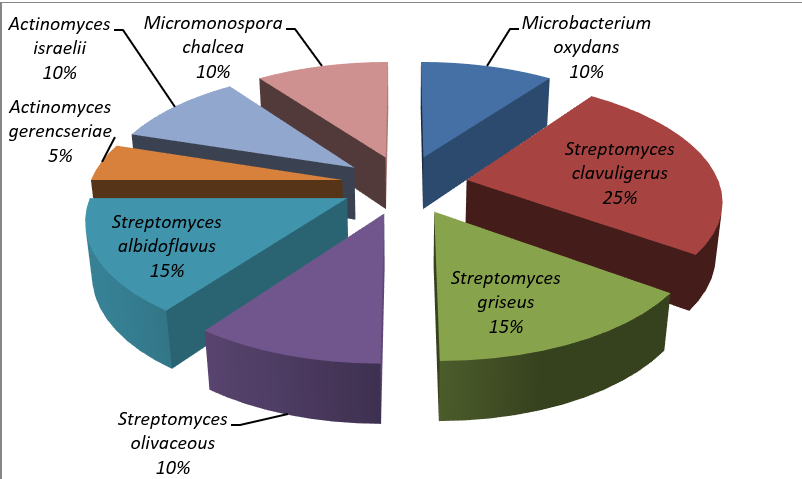ISOLATION AND CHARACTERIZATION OF ACTINOBACTERIA WITH POTENTIAL FOR BIOLOGICAL CONTROL OF GRASSY AND BROAD LEAF WEEDS
Keywords:
Biocontrol, Secondary metabolites, Actinobacteria, Post-emergence, PhytotoxicityAbstract
The management of grassy and broadleaf weeds in various ecosystems, including agricultural and natural landscapes, poses a significant challenge. This study investigated the biocontrol potential of metabolites produced by Actinobacteria on post-emergence of some weed species. Actinobacteria were isolated from different soil samples and characterized using physiological and biochemical methods. The secondary metabolites were extracted from the isolates, and the primary screening of the metabolites for herbicidal activity was conducted using Cucumis sativus assay, followed by post-emergent assay on grassy weeds (Pennisetum purpureum and Cynodon dactylon) and broad leaf weeds (Amaranthus spinosus and Tridax procumbens)under screen house conditions. Data on phytotoxicity of metabolites were collected and analyzed. In this study, twenty isolates of Actinobacteria were obtained and identified as species of Streptomyces (65%), Actinomyces (15%), Microbacterium (10%) and Micromonospora (10%). Eight (40%) of the isolates produced secondary metabolites that showed visual phytotoxic effects on Cucumis sativus with Streptomyces clavuligerus RSR2, S. clavuligerus RSD and Streptomyces griseus TRD exhibiting higher phytotoxicity.The study further showed that metabolites produced by S. clavuligerus RSR2, S. clavuligerus RSD and S. griseusTRDexhibited significantly (p ≤ 0.05) higher phytotoxicity on post-emergent P. purpureum (55.8 – 68.0%), C. dactylon(55.0% - 60.0%), A. spinosus (58.0 – 69.80%) and T. procumbens(55.0 – 64.0%) in the screen house. The study, therefore, showed that the secondary metabolites of Streptomyces clavuligerus RSR2, Streptomyces clavuligerus RSD and Streptomyces griseus TRD could be developed as potential post-emergent bioherbicides for controlling some grassy and broad-leaved weeds

Published
How to Cite
Issue
Section
Copyright (c) 2025 Adejare R. Oloyede, Cecilia O. Ojesola, Toheeb O. Onajobi, Adenike E. Onabajo

This work is licensed under a Creative Commons Attribution 4.0 International License.




